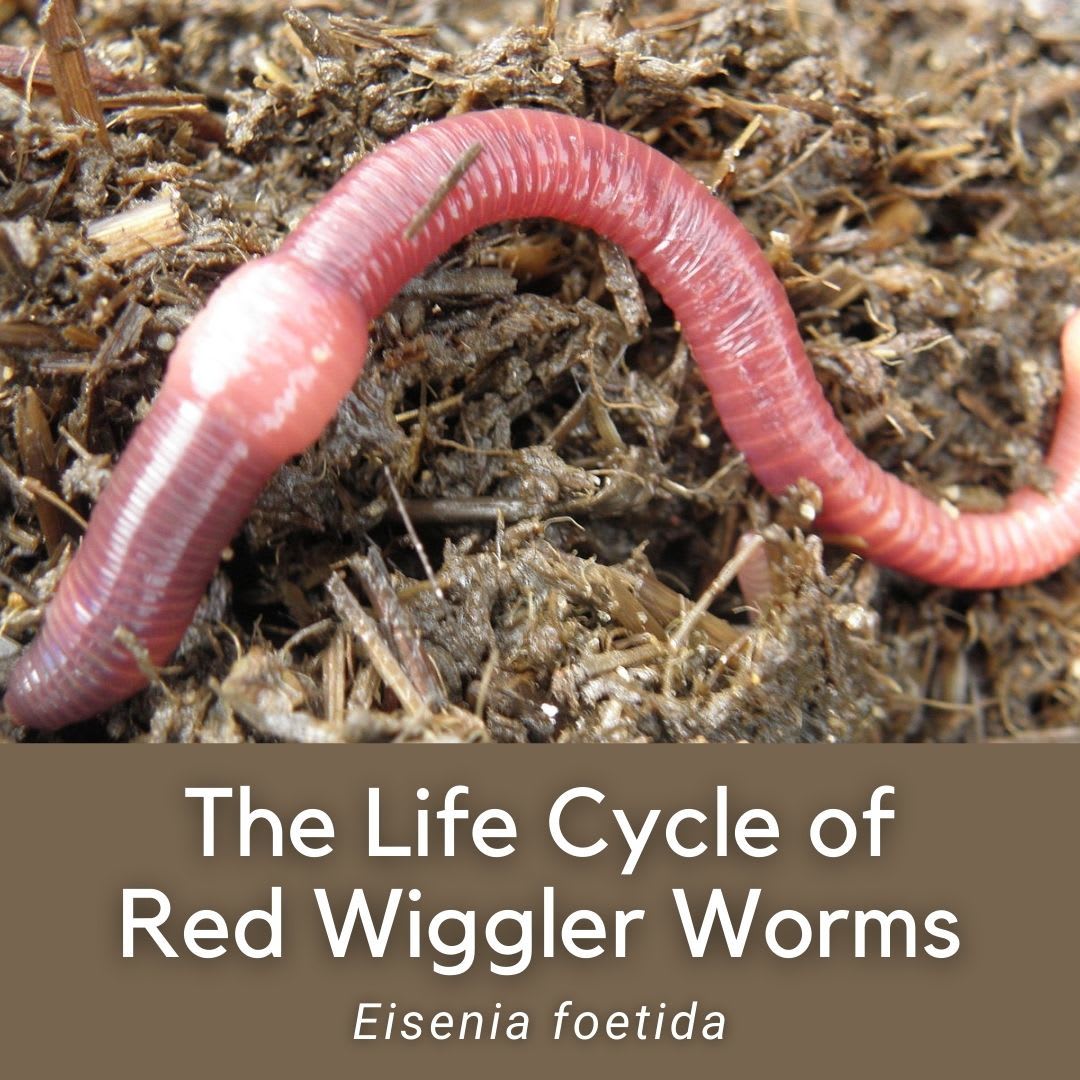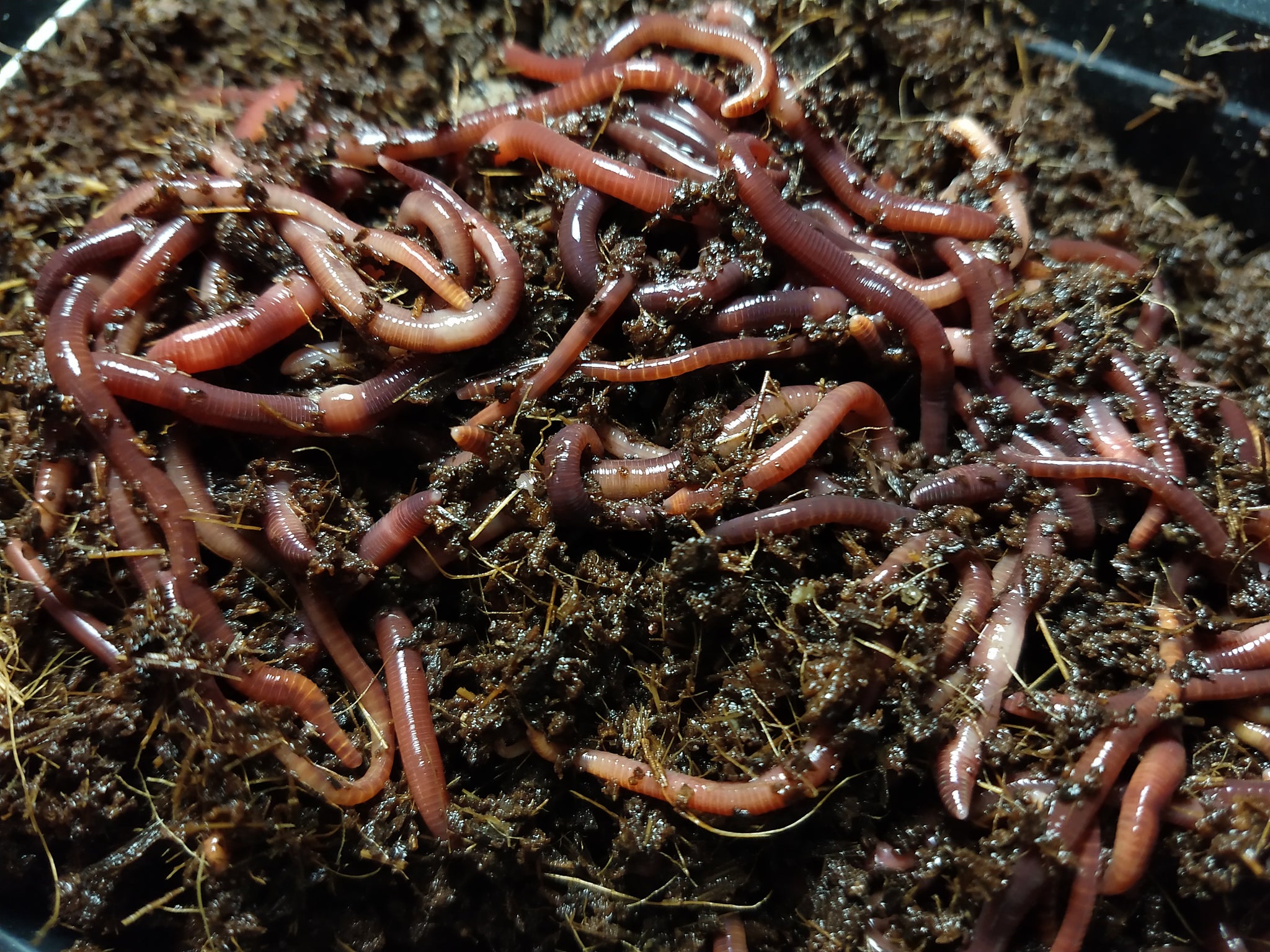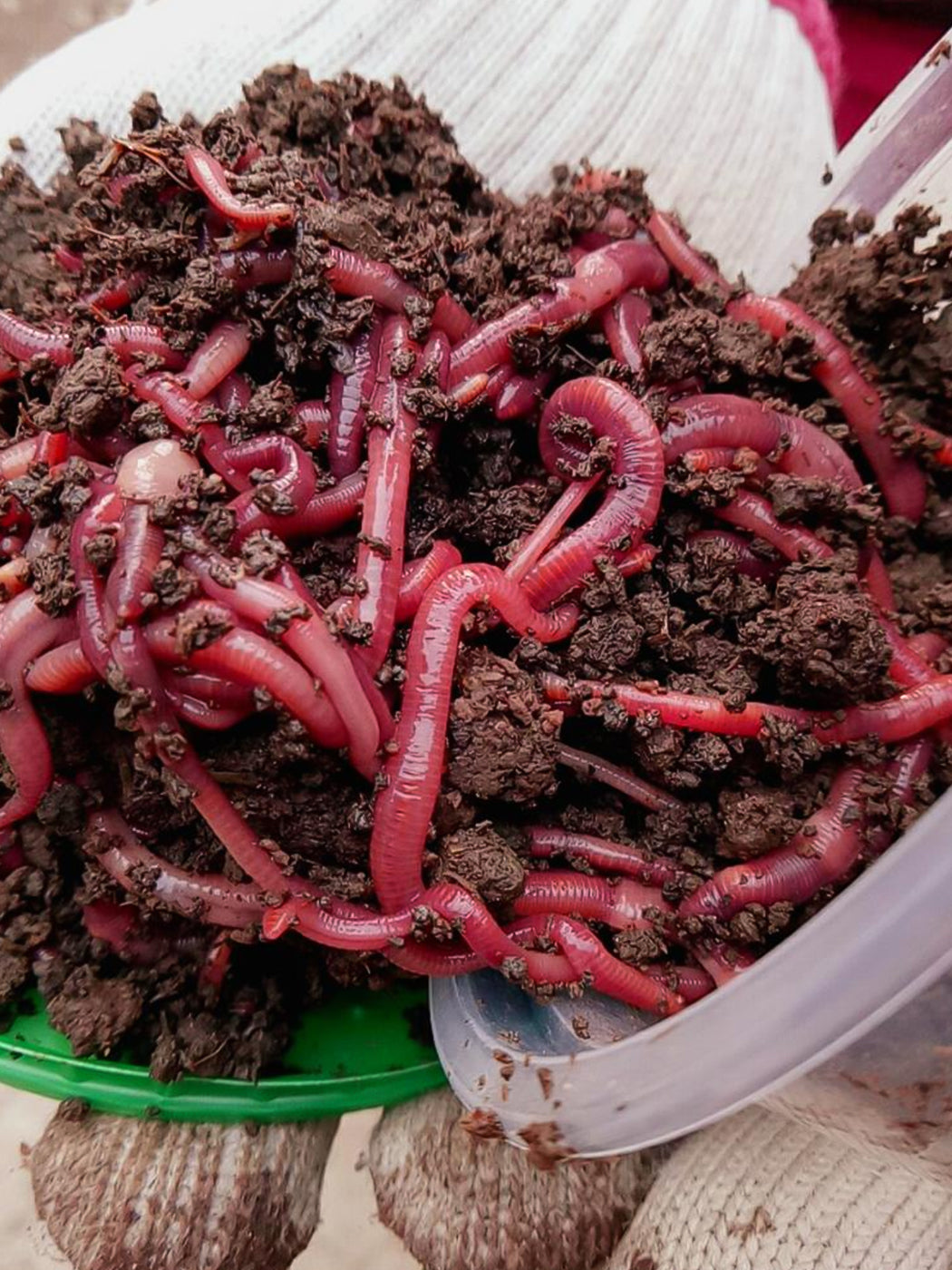Professional Lawn Care Assistance Powered by Lake Hickory Bait for Stunning Results
Professional Lawn Care Assistance Powered by Lake Hickory Bait for Stunning Results
Blog Article
Red Wigglers: The Unsung Heroes of Organic Waste Recycling
Red wigglers, or Eisenia fetida, serve as vital agents in the organic waste recycling process, transforming thrown out products into important vermicompost. As the world progressively looks for services to combat waste accumulation and enhance agricultural productivity, comprehending the duty of these worms comes to be crucial.
What Are Red Wigglers?
The exceptional strength of red wigglers, scientifically referred to as Eisenia fetida, emphasizes their critical function in organic waste recycling. These tiny, reddish-brown earthworms are commonly located in decaying raw material, such as compost heap and manure stacks. Lake Hickory Bait. Unlike various other earthworm species, red wigglers prosper in nutrient-rich environments and are extremely effective at damaging down organic products, making them essential for vermicomposting

(Lake Hickory Bait)Along with their duty in waste decrease, red wigglers add to soil wellness by improving dirt framework and aeration via their tunneling activities (Lake Hickory Bait). Their presence in composting systems not only improves disintegration rates yet likewise advertises a sustainable strategy to lose management, illustrating their importance in environmental preservation efforts
Advantages of Composting With Worms
Composting with worms, especially red wigglers, uses many advantages that enhance both waste monitoring and dirt health and wellness. Initially, these worms efficiently damage down natural waste, transforming it right into nutrient-rich vermicompost that enhances dirt. This process accelerates decomposition, permitting for a much faster recycling of cooking area scraps and other natural products compared to conventional composting approaches.
In addition, the vermicompost created by red wigglers is teeming with helpful microorganisms, which assist boost soil framework, aeration, and dampness retention. This improves the overall wellness of plants, advertising vigorous development and raised yields in gardens and agricultural setups. Moreover, using worms in composting decreases the manufacturing of greenhouse gases, such as methane, adding to a much more sustainable waste monitoring system.

How to Start Vermicomposting
Establishing a vermicomposting system is a simple process that can produce significant advantages for both waste management and dirt enrichment. To start, pick a suitable container, such as a plastic bin or wooden box, with appropriate ventilation openings to ensure correct airflow. The measurements need to preferably be around 2 feet by 3 feet, allowing ample space for the worms to prosper.
Following, prepare bed linen material, which can include shredded paper, cardboard, or coconut coir. This bed linens should be moistened to create an ideal habitat for the worms. As soon as the bed linen is in area, introduce red wigglers (Eisenia fetida) right into the bin, generally around one pound of worms for every single square foot of surface.
Following the placement of worms, add organic waste, such as vegetables and fruit scraps, coffee premises, and crushed eggshells. Stay clear of including milk, meat, or oils, as these can create smells and attract pests. Place the container in a shaded, temperature-controlled location to maintain ideal problems for worm activity. With these steps, you will efficiently start a vermicomposting system that adds to sustainable waste monitoring and enriches your soil.
Keeping a Healthy And Balanced Worm Bin
(Lake Hickory Bait)Maintaining a worm bin flourishing calls for regular interest and care to ensure the wellness of the red wigglers and the efficiency of the composting process. Correct upkeep starts with monitoring the wetness degrees; the bin must perspire but not waterlogged. A good general rule is to keep a consistency comparable to a wrung-out sponge.
Gently mixing the bed linen and food scraps every couple of weeks protects against compaction and ensures that all worms have access to oxygen. Additionally, it is crucial to feed the worms suitably.
Temperature level regulation is another important aspect. Red wigglers thrive in a variety of 55 to 77 levels Fahrenheit. If the container becomes also warm or chilly, the worms might become worried - Lake Hickory Bait. Last but not least, occasionally look for indicators of health, such as worm population development and the existence of healthy castings. By vigilantly taking care of these elements, one can keep a robust and effective worm bin.
Effect On Lasting Living
The successful maintenance of a worm bin not only profits the health of red wigglers however also contributes significantly to sustainable living methods. By recycling organic waste, such as cooking area scraps and yard debris, red wigglers help divert significant quantities of product from landfills. This decrease in waste not only lowers greenhouse gas exhausts yet additionally lessens the environmental problem linked with waste management.
Moreover, the castings produced by red wigglers serve as a nutrient-rich natural plant food, enhancing soil health and advertising plant growth. This natural option to chemical plant foods sustains lasting farming and gardening methods, lowering dependence on synthetic inputs that can harm communities. In addition, worm composting cultivates understanding of waste management, encouraging individuals and areas to adopt even more sustainable habits.

Final Thought
In summary, red wigglers work as important contributors to natural waste reusing with their effective disintegration of natural products. Their capability to create nutrient-rich vermicompost enhances soil wellness and supports lasting agricultural techniques. By integrating vermicomposting right into waste monitoring techniques, individuals and communities can considerably decrease waste while promoting environmental sustainability. The function of Eisenia fetida in promoting healthy ecological communities highlights the importance of these organisms in hop over to these guys attaining lasting living and boosting dirt fertility.
Report this page